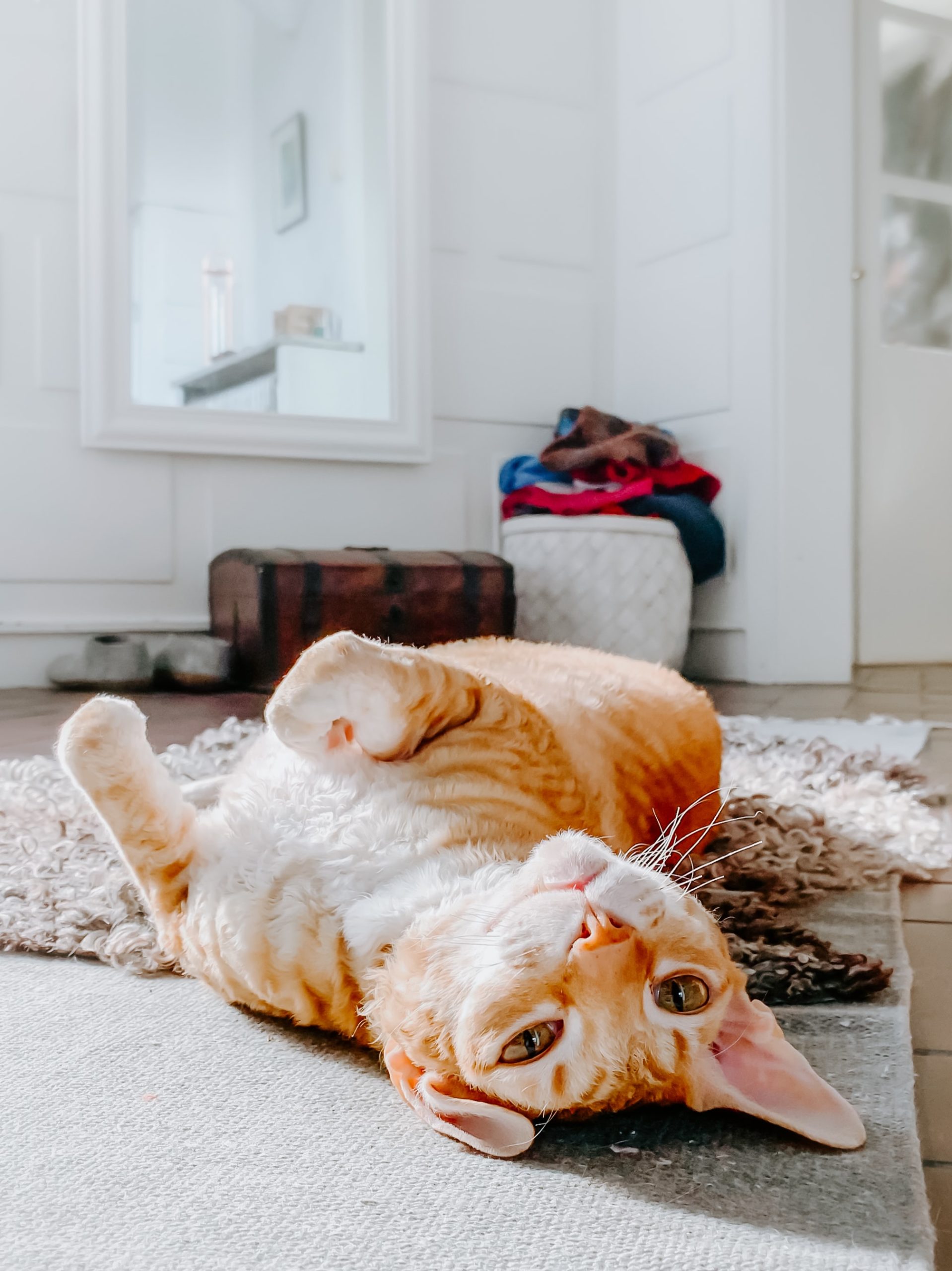As we chatted to people at London Vet Show, we realised that people have very differing views on what flexible working means, and how to incorporate it into veterinary practice. The reality is that for a large proportion of the veterinary industry, flexible working is an appealing concept, and one that is associated with improved job satisfaction. So in this blog we will cover some differing views on flexible working, and what they mean for employers and employees.

4 – day weeks: There are some practices out there who consider the mover from 5 working days of 8 hours to 4 working days of 10 hours to represent flexible working. When this happens en masse, it is just a change in working pattern rather than flexible working. That is not to say it is not worthy of discussion. For some employees, it allows them an extra day to look at work-life balance; for others, it leaves them physically and mentally exhausted at the end of each day contributing to burnout. There was definitely an underlying feeling that the drift towards 4 long working days may not have been beneficial for the profession. Working patterns in themselves probably warrants a blog post of its own right.
Reduced hours: Several businesses are now offering reduced hours in return for reduced pay. If this occurs on a full-time equivalency basis, this can often be beneficial for both employees and employers. Part time workers often deliver higher levels of efficiency whilst at work due to reduced levels of fatigue and repetition. This is reported in many professions. Whilst it can provide a logistical challenge to clinics to implement this, the long term benefits of a collaborative approach can be impressive.
The perceived flexible working: There is a perception amongst some business owners that flexible working is synonymous with staff being able to work whenever they like. Whilst some businesses globally (especially in the charity sector) are allowing vets and nurses to opt in to shifts to cover them, this is far from commonplace and unlikely to work for many commercial practices due to the need for clients to book consults in advance.

The true flexible working solution: This we thought was a bit of a unicorn, but it turns out there are businesses out there doing this. We were visited at the stand by 2 members of staff from one clinic who had set their own working patterns is consultation with their employer. One had small children and worked 9 – 3 five days a week, whilst the other like having a day off and a few evenings off a week and so worked 8 – 8 two days a week and 8 – 4 two days a week. The practice had taken the bold decision that staff working the hours they wanted would lead to more engaged and enthusiastic staff and the feedback was positive. When this was discussed with another Clinical Director, there was a concern that by making a working pattern to suit a person you were limiting yourself to finding a replacement to work that pattern should they leave. The countering argument is that if you provide a working pattern that suits someone, they are less likely to leave anyway, and should they leave, there is nothing stopping their replacement working a different working pattern that suits the practice and employee.
This may seem a large ask for many practices, but it may be easy than finding replacement staff long term. In conclusion, the only thing limiting our ability to consider flexible working is our preconceptions. Put them aside and see if there is a solution that works for practices, employees and clients.

